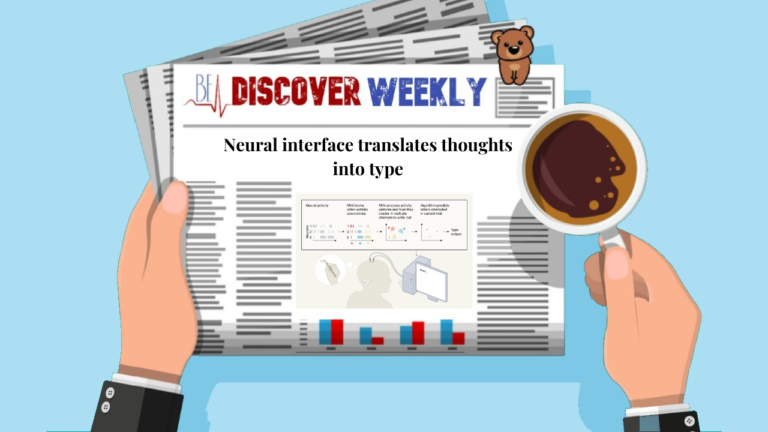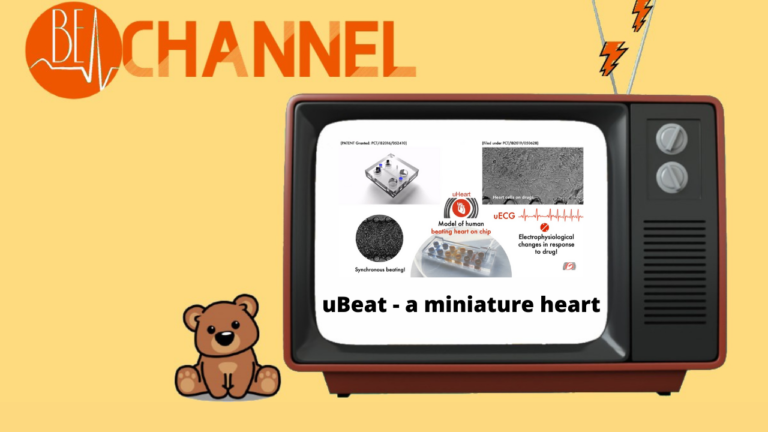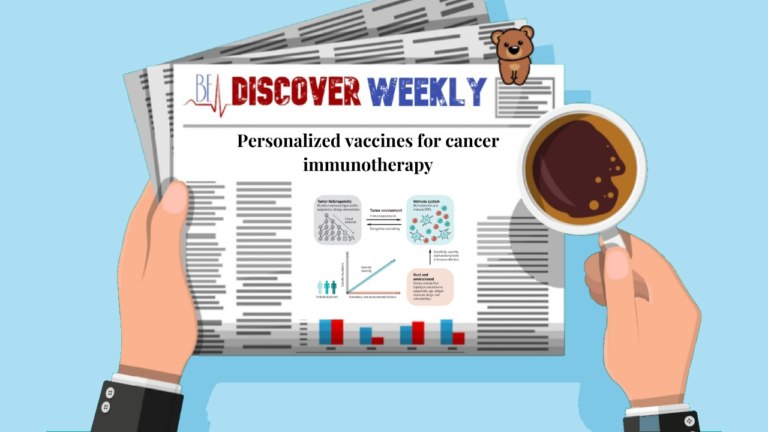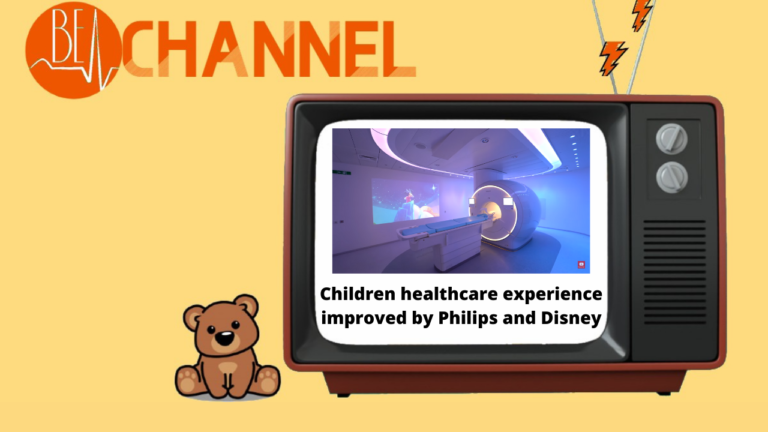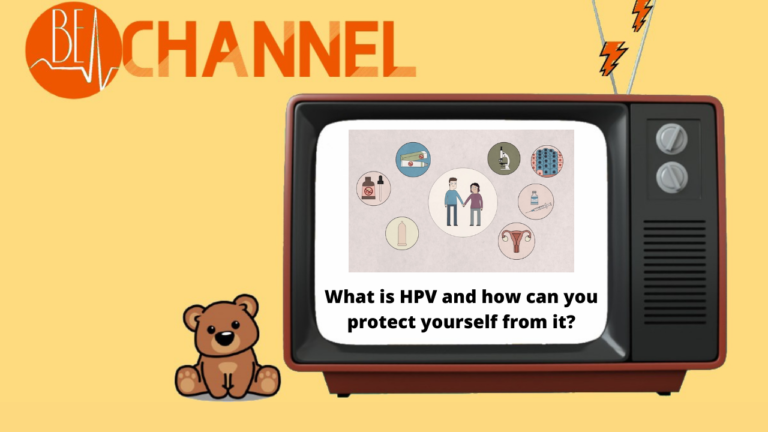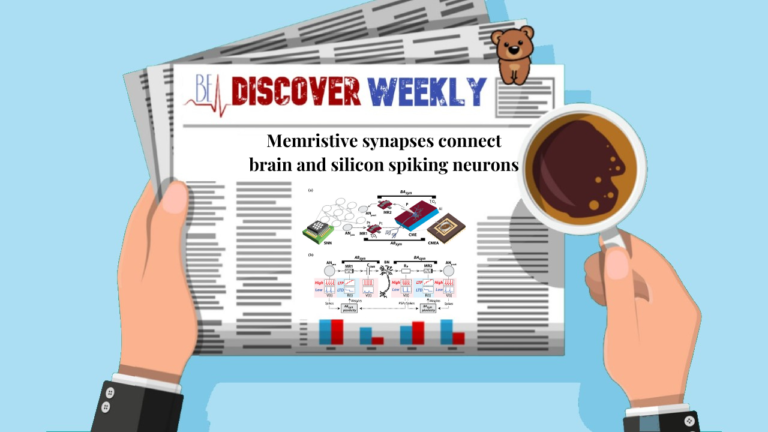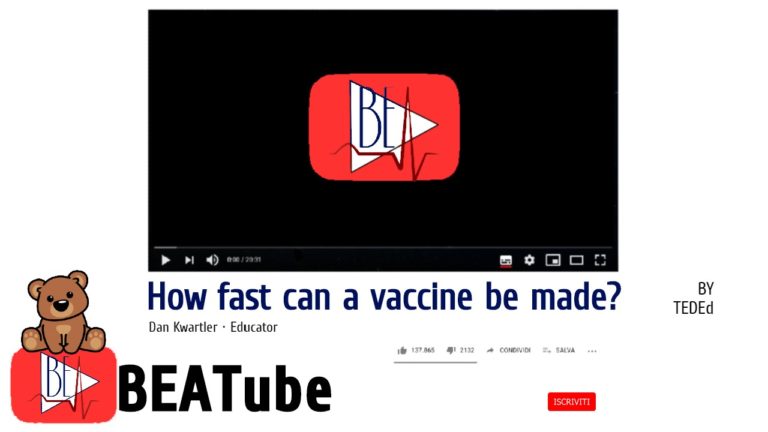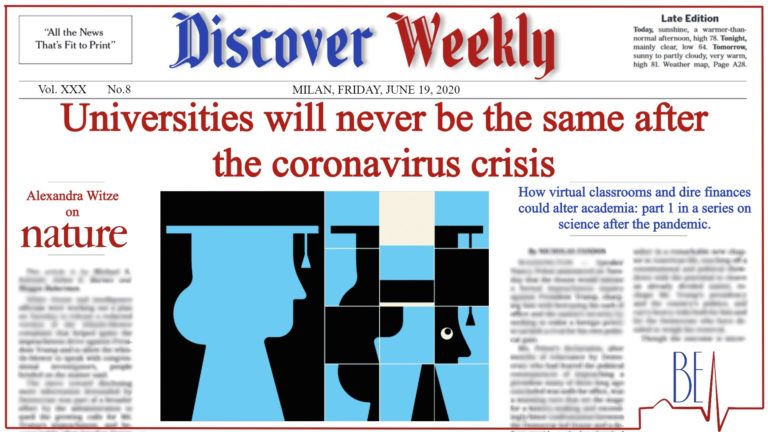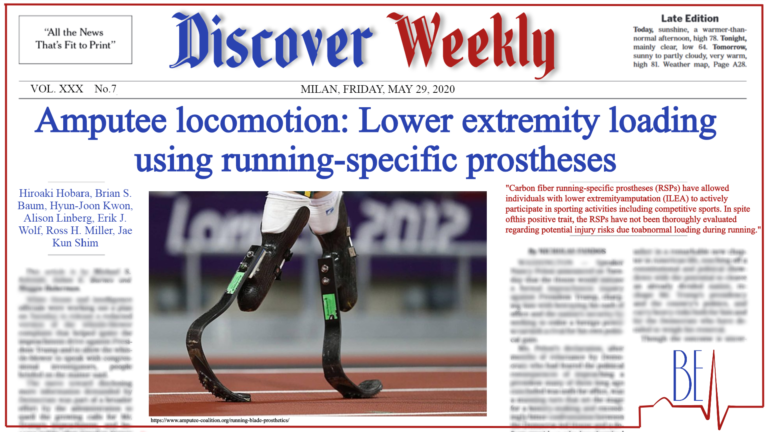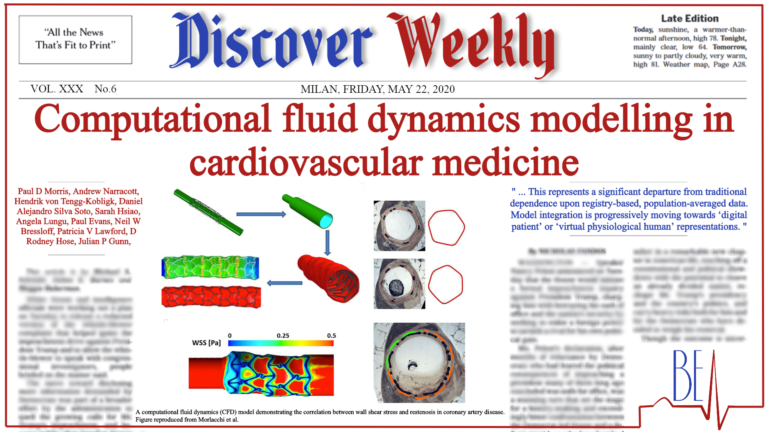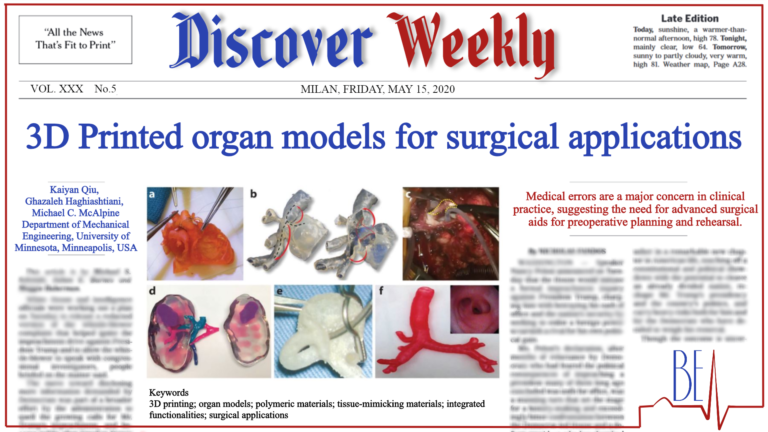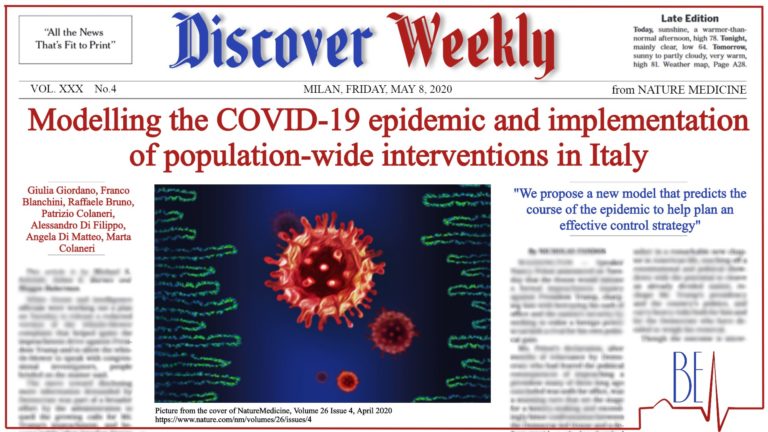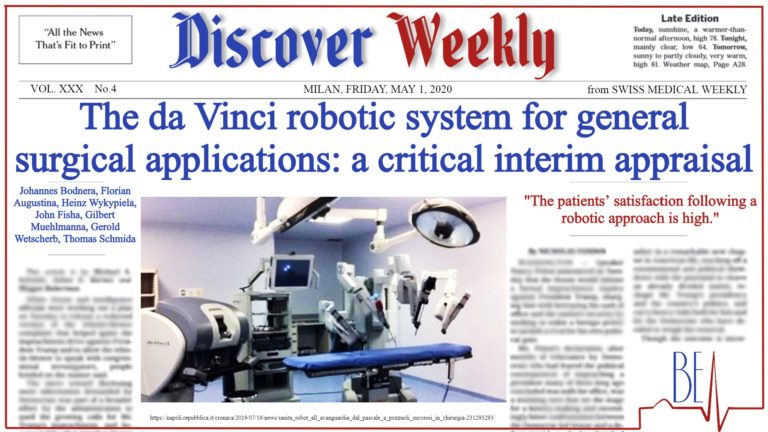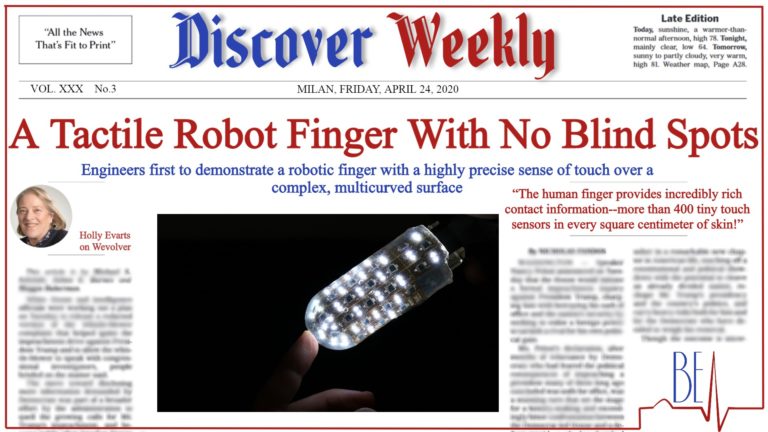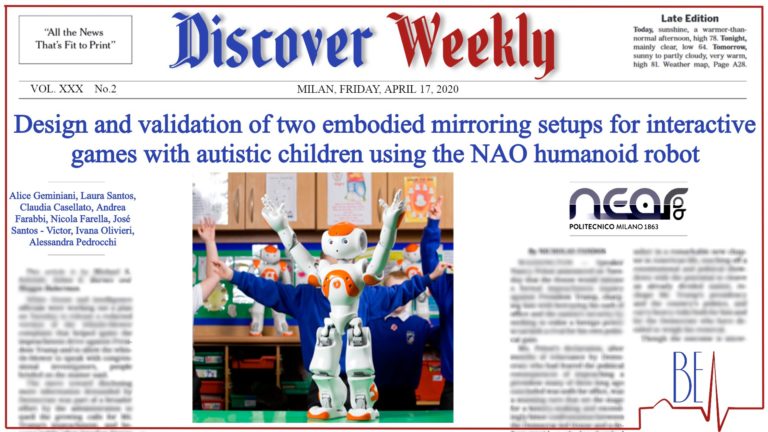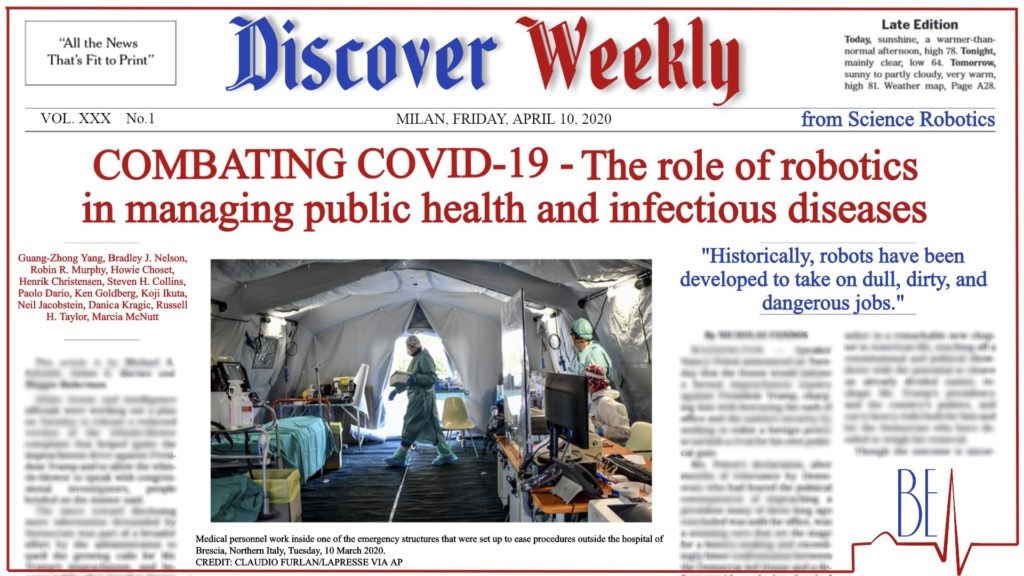PAPERS & VIDEOS
At BEA, we care about being well aware of new discoveries and remarkable stories in our exciting field of study. Therefore, we have decided to share articles, scientific papers and videos that we find inspiring. Hoping that you will be inspired as well, click on the image/text to access the full article or video!
FOURTH EDITION
Academic year 2023-2024
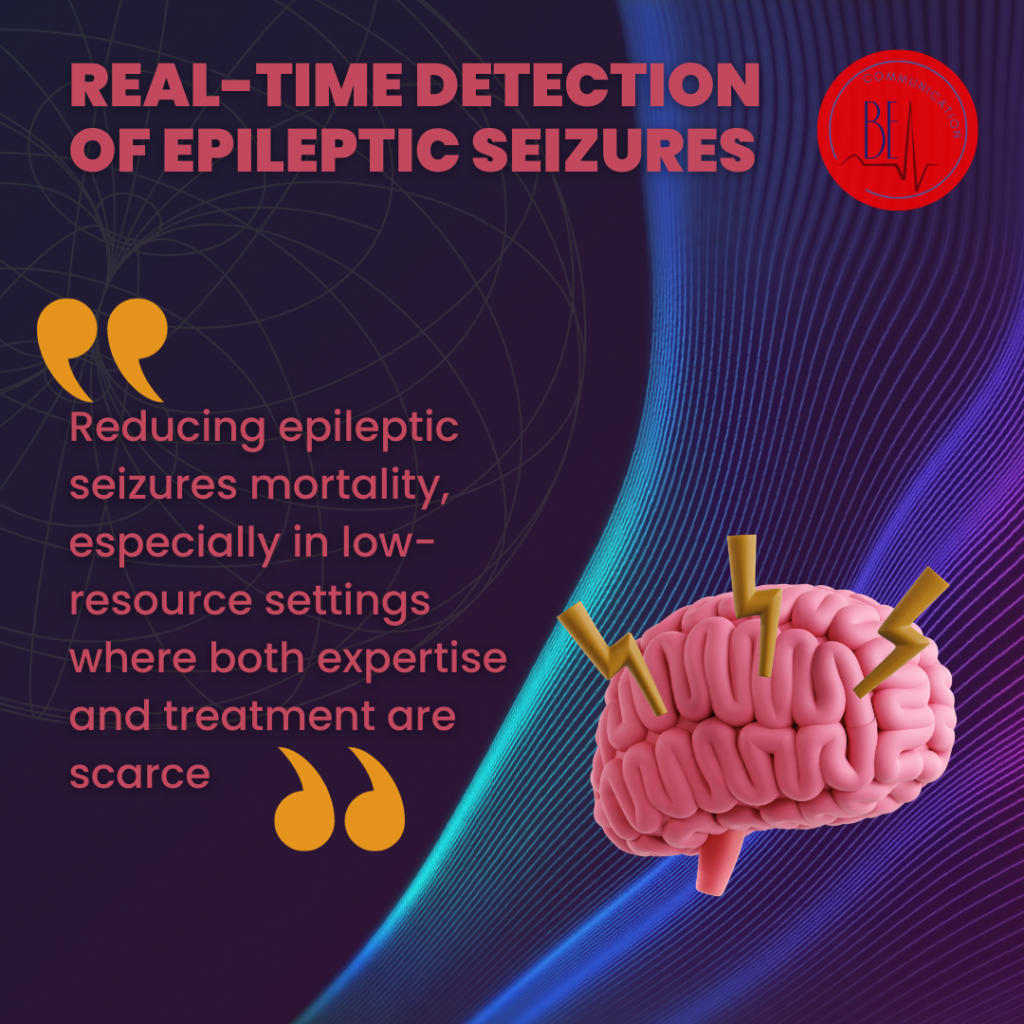
A study conducted in Jimma University, Ethiopia, focused on developing a novel device capable of predicting epileptic seizures.
The innovative character of this device is represented by the use of multimodal systems to detect the symptoms preceding a seizure, by measuring heart rate, oxygen levels and vibrations, but also by the affordability and usability of the device itself, which make it especially suitable for low-resource settings.
The device could therefore have a great impact in reducing mortality due to epileptic seizures.
Read the full article at this link!
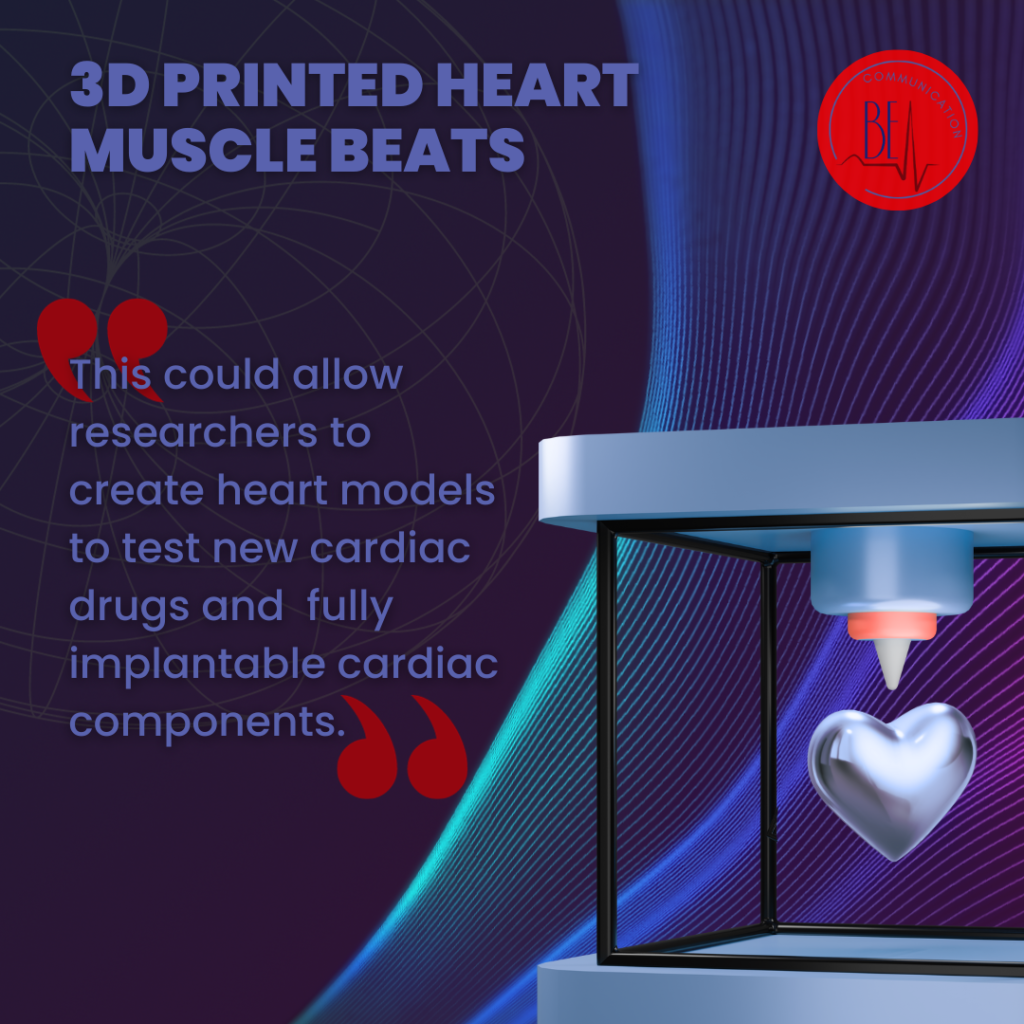
Researchers at the Harvard John A. Paulson School of Engineering and Applied Sciences have developed a technique to 3D print a heart ventricle that can beat rhythmically. This technology could enable the creation of heart models for testing new cardiac drugs and may lead to fully implantable cardiac components.
The method involves using rotatory jet spinning to create thin gelatin fibers which later are infused into a printable hydrogel ink to maintain the printed structure. Once printed, cardiomyocytes within the gel align along the fibers and beat in that direction when electrically stimulated.
This new approach permits to include proteins during the production of the fiber, something that wouldn’t be possible with electrospinning where due to the electric field they would degradate.
Such an advancement could revolutionize cardiac research and lead to safer, more effective and personalized treatments for cardiac patients!
Read the full article at this link!
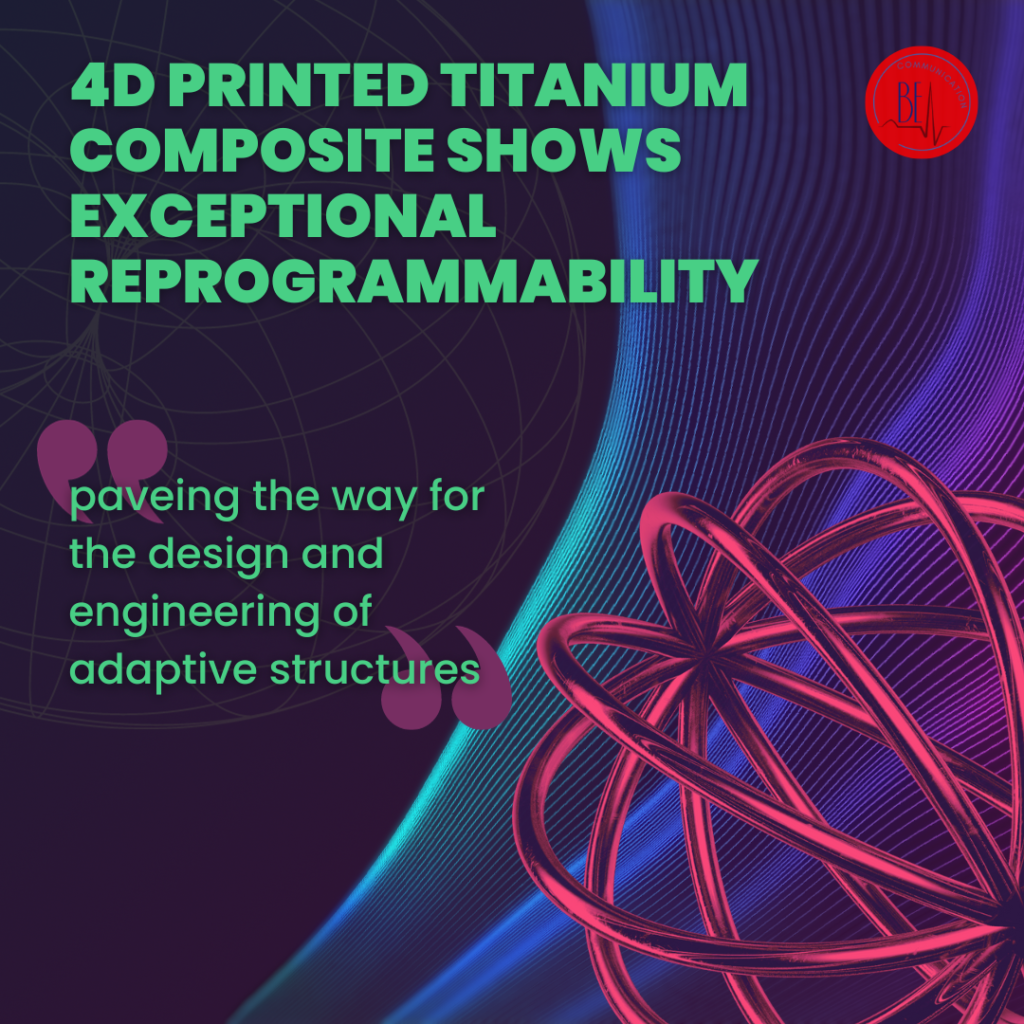
A research group from the School of Mechanical and Aerospace Engineering at Nanyang Technological University has developed a 4D printable titanium-based photochromic liquid crystal elastomer (LCE) composite. This advanced material has been shown to exhibit synergistic reprogrammable photochromism and photoactuation capabilities.
The printed objects exhibited reversible colour switching between white and black in response to UV irradiation and oxygen exposure.
In addition, the UV-irradiated region underwent rapid photothermal actuation upon near-infrared (NIR) irradiation, enabling efficient grasping and weightlifting. The group also demonstrated the programmability and re-programmability of both colour and shape of the individual 4D printed object, paving the way for the design and engineering of adaptive structures with unique and tunable functionalities.
This new technology could be a promising candidate for various advanced applications, such as multifunctional soft robotics, biomimetics and smart device engineering.
Read the full article at this link!
THIRD EDITION
Academic year 2022-2023
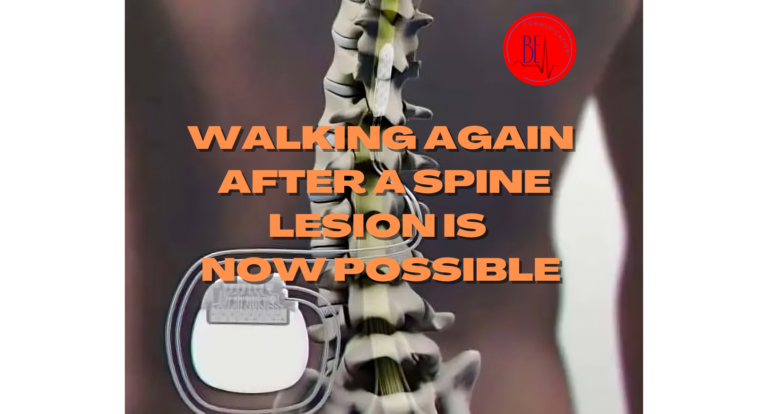
What was impossible just a few years ago, now has become reality!
A man that has lost the ability to walk after a spinal injury due to an accident, is finally able to walk again.
This is possible thanks to the research group that has designed an innovative device able to transmit the brain signals directly to the spine, bypassing the damaged region. What makes everything possible are the intracranial electrodes implanted in the brain that are able to acquire the brain signal, and the wifi, spine connected, that is able to acquire this signal and transmit it directly to the spine, allowing the movement.
Are you interested in this story and the incredible principle behind it?
Read the full article at this link!
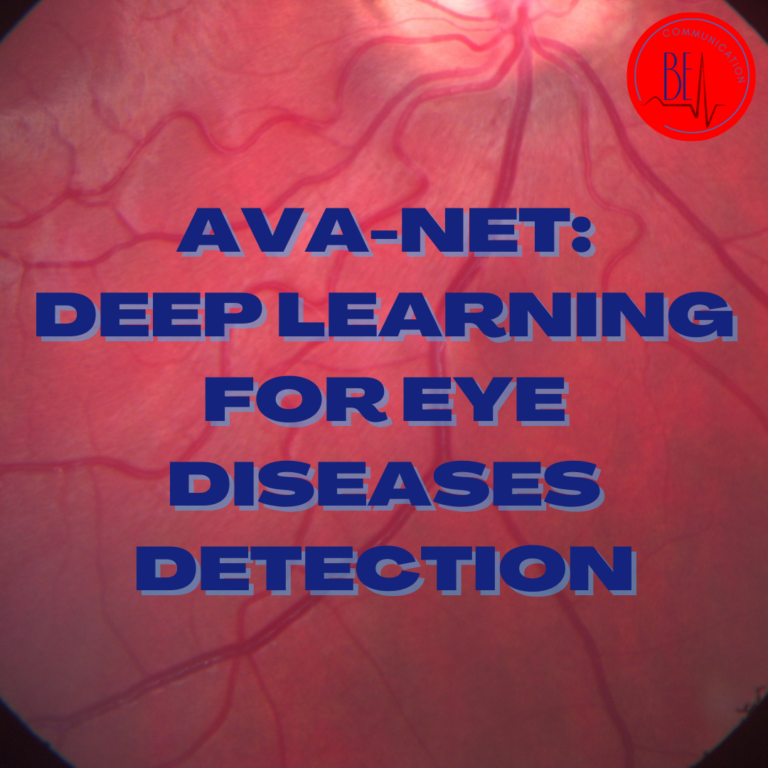
A research group at the University of Illinois has developed a deep learning network, AVA-Net, capable of automatically segmenting images of retinal vasculature obtained through optical coherence tomography angiography (OCTA).
This method could help diagnosing eye diseases such as diabetic retinopathy (DR) at an early stage, thanks to the extraction of parameters related to arterial or venous area and to vascular perfusion. In such diseases, the blood flow through the eye changes abnormally, resulting in retinal damage.
During this research, significant differences have been observed between a control group and a group affected by DR, promising great improvements in the prevention of eye diseases.
Read the full article at this link!
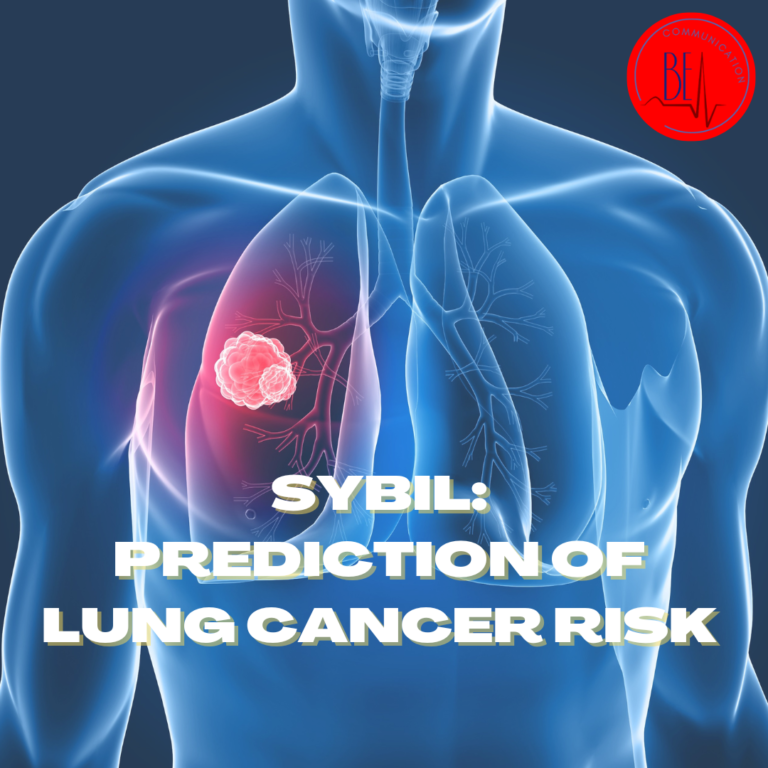
A team composed by researchers from MIT and Massachusetts General Hospital developed Sybil, a deep learning algorithm that can predict individual cancer risk without clinical or demographic data inputs.
Sybil uses data from a single LDCT (Low Dose Computed Tomography) scan to predict the likelihood of the development of lung cancer one to six years in the future.
It was able to forecast short and long-term lung cancer risk from the LDCT scans accurately for a wide range of patients and on modern scanners.
Sybil has the potential to revolutionize lung cancer screening and management, enhance personalized screening and reduce the overall frequency of biopsies.
Read the full article at this link!
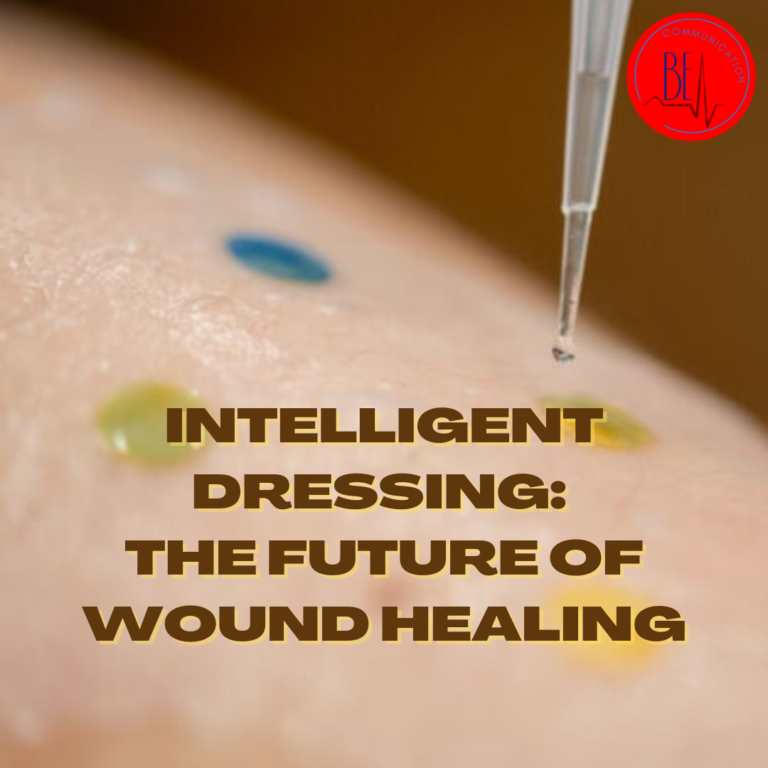
Researchers at Linköping University in Sweden have developed an innovative wound dressing that provides a visual indication of the underlying infection. This new technology exploits the tendency of infected wounds to become more alkaline; indeed, the dressing contains mesoporous silica nanoparticles loaded with a dye that changes colour at higher pH levels, providing a clear signal of infection without the need for regular dressing removal. This approach solves the problems associated with managing chronic wounds, where periodic removal of the dressing can cause damage to the wound and introduce pathogens; it offers a rapid way to identify infection in the early stages and enables prompt intervention. This could improve wound care efficiency, reduce unnecessary antibiotic use, and enhance the quality of life for patients.
Read the full article at this link!
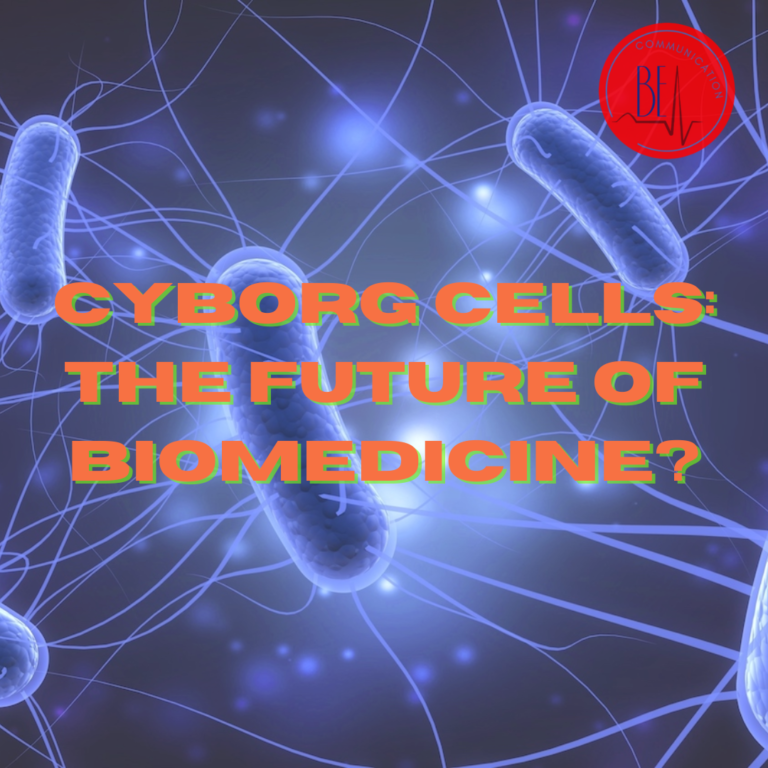
Combining principle of genetic modification of living cells and the engineering of synthetic cells, Luis E. Contreras-Llano et al. have succeeded in creating semi-living cells that could represent the future of cancer therapy. These entities, called Cyborg Cells, can be engineered to acquire the ability to specifically invade cancer cells. Thanks to intracellular hydrogelation Cyborg Cells become pH and antibiotic resistant while losing their ability to replicate. This makes them easy to control even in aggressive environments such as tumours. The key feature of Cyborg Cells is that they retain the active properties of natural cells and can therefore be genetically modified to express specific cancer-targeting proteins.
Read the full article at this link!
SECOND EDITION
Academic year 2020-2021
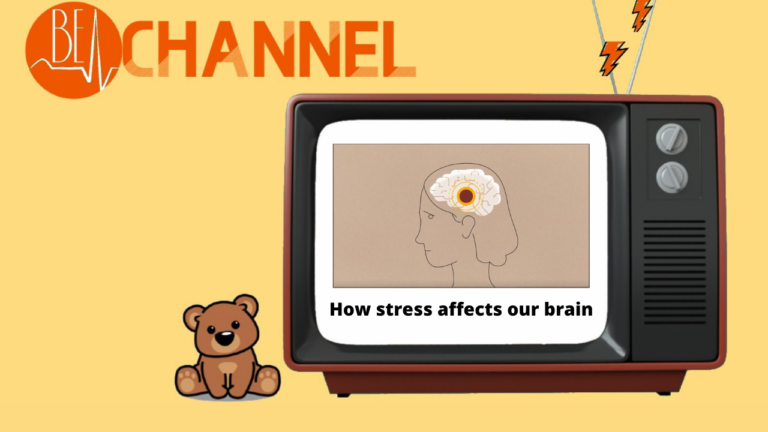
And here is the most stressful period of the semester: the exams.
How are you dealing with it? Are you having trouble concentrating or memorizing? Keep an eye on your stress levels.
Stress is very useful if present in small doses but when it starts to be continuous and exaggerated it changes the way your brain works causing you nervousness and difficulty in dealing with even the most mundane things of the day. In the first video Madhumita Murgia explains how chronic stress can affect the size of our brain, its structure and functionality, right down to the gene level. In the second video, however, Elizabeth Cox shows us the connection that exists between stress and memory by giving us some little advice on how to prepare for potentially stressful situations.
And you are so stressed that you struggle to fall asleep? Download the Dreamcoins app, it offers you 2 minutes of guided breathing every day before going to sleep or when you need it most. Based on the quality of your breath during the exercise, monitored by heart rate detection, you will be assigned coins that will make you compete in the Dreamcoins community ranking and will get you some discounts. It is free. Try it, it works!
Meanwhile have a good break and enjoy the videos!
Nicoletta
What if the power of thought was sufficient to write a message on your smartphone?
Some researchers have developed a brain-computer interface to read people’s brain signals. In particular, the subject had to think to handwrite a thought. Then, the interface was able to acquire electric signals and to transduce them into a text on a monitor. Hopefully, this technology will be used to enable paralyzed people to communicate easily.
Nora
Can we produce a miniature heart? The answer is yes. Thanks to the disruptive organ-on-chip technology, we can obtain a cardiac model down to the size of a coin.
Microfluidics, stem cells and mechanical stimuli gave rise to UBeat, developed by the startup BiomimiX, born in Politecnico di Milano.
uBeat can precisely recapitulate cardiac tissue functionalities, allowing to overcome the limits of standard in vitro cultures and animal testing. The aim is to give research a powerful tool for drug screening. The high-potential technology will enable, in the next years, to test drugs in a rapid, accurate, efficient and low-cost way for many different pathologies.
#TogetherWeBeat
Caterina
We are now experiencing a true revolution in terms of vaccine development and deployment, given the extraordinary emergency that the world is experiencing. Most human beings on Earth are now quite familiar with some biotechnological products that until just one year ago were considered cutting-edge research topics known only by some highly specialized people.
But does the public really know what is the real potential that this new generation of vaccines hold?
Here there is a review written by the now-famous couple of scientists Dr. Özlem Türeci and Dr. Uğur Şahin, immunologists and founders of BioNtech company. Three years ago, they summed up the incredible possibilities of these vaccine strategies that have “the potential to become a universally applicable therapy irrespective of cancer type”.
Struggles and hurdles are still numerous, nothing is easy in biology and medicine. But advances in immunotherapies, machine learning and high-throughput single cell sequencing combined with the extraordinary production and upscaling capabilities that the world is putting in place today, might truly hold some incomparable possibilities for the future of humanity.
It is our duty as future Biomedical Engineers, citizens, women and men, to believe in Science and to sustain its dreams, because these times that we are living will forever stand as a reminder that our efforts, in every field we decide to dedicate our lives to, might truly be useful one day, that they are important, and that humanity needs them.
Luca
This video explains how taking Philips Ambient Experience and adding some Disney magic improves the radiology experience of children. They are helped to reduce the anxiety they feel when they need to have an MRI scan and to raise productivity. From a simple idea, things with great potential can be created.
What do you know about 3D bioprinting? Over the last few decades, inkjet-based, extrusion-based, and laser-assisted bioprinters have been developed.
This article will discuss the success of this emerging field in engineer cells and biomaterial-based 3D objects. Moreover, it will explain how bio-inks based on natural–synthetic biomaterials have been applied for tissue engineering in order to improve realistic artificial tissues and organs regeneration.
There are over 100 types of HPV (Human Papilloma Virus), but only some pose a real threat to our health: the infection is caused by contact – mainly sexual contact – and it is usually transitory, since our immune system can eliminate the virus before it becomes dangerous.
Some HPV strains may either cause abnormalities in the infected cells, leading to genital warts, or DNA mutations, increasing the risk of cancer: cervical cancer, mainly caused by HPV 16 and 18, is a well-known instance of this.
Up to now, there is no pharmacological treatment and the development of the lesion after the infection can take up to 20 years to manifest; nonetheless, it is possible to identify abnormal cells before any serious damage, thanks to regular screenings!
In addition, vaccination plays a key role in fighting HPV, with a 98% preventive efficacy: it can be carried out at any age, but it is recommendable to act at an early age (even 12-year-old females and males can access vaccination in Italy).
“So, while there’s still room for improvement, […] condom use, vaccination, and cervical screening can each reduce the harm caused by HPV.”
L’articolo pubblicato su «Nature » tratta il primo step del progetto SYNCH che mira a realizzare una connessione tra una rete di neuroni artificiali e una rete di neuroni cerebrali tramite elementi di dimensioni nanometriche, che verrebbero poi utilizzate in vivo per andare a sostituire reti neuronali danneggiate o assisterle nel percorso di recupero funzionale. Questa ricerca, finanziata dalla Commissione Europea, è stata condotta dal Dipartimento di Scienze Biomediche dell’Università di Padova e spiega come sia possibile creare in vitro una rete composta da tre neuroni di cui uno biologico e due artificiali, collegati in una rete tramite connessioni memristive ispirate alle sinapsi.
Emoty, il cipollotto giallo. E’ proprio così che viene chiamato da Fabio Catania, ideatore di questo personaggio animato e dottorando del Politecnico di Milano. Emoty, che ha catturato l’attenzione di Google ed è stato oggetto di tantissime conferenze, tra Amsterdam, Los Angeles e San Diego, ha il superpotere di riconoscere le emozioni, espresse tramite la voce, attraverso algoritmi di intelligenza artificiale, con lo scopo di aiutare i bambini con disturbi del neuro-sviluppo, a sviluppare le loro capacità comunicative, emotive e di socializzazione.
Come dice il ricercatore stesso, Emoty ha anche il superpotere di avergli fatto capire che è proprio aiutare gli altri quello che anche lui vuole fare nella vita.
Guardate il video per scoprirlo!
Se vuoi fare del bene anche tu, puoi contribuire ad addestrare l’algoritmo, ascoltando o inviando un audio che rappresenti uno stato emotivo, al link https://lnkd.in/ebAucFZ
Did you ever hear about de-extinction? It is about bringing back to life species that until now were declared extinct. It sounds a bit crazy, but that is what some researchers around the world are working on.
The world of genetic engineering is giving us very promising tools to modify pieces of DNA and the possible applications are nearly infinite. George Church, professor of Genetics at Harvard and lead of Synthetic Biology of Wyss Institute, on his book “Regenesis” said about the Human Genome Project: “The genome that was actually sequenced was riddled with hundreds of gaps. While it was a historic milestone of science, it was nevertheless mostly symbolic—like the moon landing—and had relatively little value in practical, personal, or medical terms.” Instead, having the knowledge of functions related to parts of DNA and having the tools to change selected genes is powerful!
George Church’s lab at Harvard is working on the resurrection of the woolly mammoth – a species that disappeared from the Earth 4,000 years ago. His research group developed the amazing tool MAGE (Multiplex Automated Genome Engineering) which is able to change a large part of a genome at once, instead of single nucleotides at the time. This technique will enable them to make a mammoth–elephant hybrid using DNA from frozen mammoth carcasses.
Ethical concerns arose and the debate is still opened: is it ethical to invert the nature flow?
FIRST EDITION
Academic year 2019-2020
When a new pathogen emerges, our bodies and healthcare systems are left vulnerable. And when this pathogen causes the outbreak of a pandemic, there’s an urgent need for a vaccine to create widespread immunity with minimal loss of life. So how quickly can we develop vaccines when we need them most? Dan Kwartler describes the three phases of vaccine development.
We are all facing a challenging situation. We miss our friends and the places that we shared on a daily basis. We miss our university, being late for the 8.15am class or the beer after a full day of work with our classmates. We – as a student association – feel this change even more, because one of our core values is to connect people.
So what will be the future of university? Will 2020-2021 academic year be virtual or in-person?
Rumors say that Harvard will go virtually next academic year, even if any statement has been given yet. It would be a huge loss of the money (just think that university taxes can reach 80.000 US$ per year) for the university because of all the students who will decide to not enroll next academic year, since what makes Harvard one of the best universities in the world are not only its classes but also all the activities that make it a once in a lifetime experience.
On this side of the ocean, our Rector Ferruccio Resta is absolutely sure that students’ presence in university is of fundamental importance. At the same time, he said he will allow people far from Milan to follow all the classes online.
This article from Nature makes a brief overview of what is happening around the globe and what will probably happen in the next future.
It is true that carbon fiber running- specific prostheses (RSP) have allowed individuals with lower extremity amputation (ILEA) to actively participate in sporting activities but because of the high stiffness and low damping characteristic of chosen materials there is abnormal loading during running that can cause potential physical injuries and degenerative joint diseases.
The article talks about an experiment which was conducted on eight ILEA with unilateral transtibial amputations and eight control subjects at three speeds, in order to analyze the vertical ground reaction force (vGRF), in particular the vertical impact peak (VIP) and the vertical average loading rate (VALR). It is demonstrated that loading variables increase with an increase in running speed not only in able- bodied control runners but also in ILEA using RSPs. In addition, loading variables in the ILEA intact limb were greater than the prosthetic limb and the limbs of able- bodied control subjects for a range of running speeds. In this type of experiment, it is important to consider some aspects: the variation in the running experience and the type of the RSP.
A new era in cardiovascular medicine is marked by the adoption of Computational Fluid Dynamics modeling, the rapidly evolving science of solving numerically the equations of fluid motion in order to produce quantitative predictions and analyses of fluid flow phenomena.
Which could be the potential clinical impact of this science?
This article shows the benefits and the future challenges of it in diagnostic assessment, device design and clinical trials. With the aim of minimising invasive instrumentation, it has the potential to reduce time and risk associated with clinical trials.
Models incorporating specific data of the individual enable to individualize risk prediction and virtual treatment planning. In this context, the integration of multiple physiological models can lead to full system models, the ‘Virtual Physiological Human, to simulate the impact of various conditions, pathologies and treatments across multiple organ systems.
Over 250.000 patients die due to “medical errors” every year in the US. It’s the 3rd cause of death, after heart disease and cancer. How can we decrease this number?
This paper shows us a possible solution: 3D printed organ models are innovative surgical tools that can be used for pre-operative planning and surgical training. Indeed, many difficult surgical procedures need adequate study before entering the operating room, otherwise human error is just around the corner.
The paper reviews both pros and cons of most innovative 3D printed organs and makes also a discussion on which are the challenges they still have to take to be ready to use.
Before starting with the new topic, biomechanics, that you have chosen, we want to propose you an article written also by a professor of Politecnico di Milano about modeling the covid 19 epidemic. This model predicts the course of the epidemic to help plan an effective control strategy. The simulation results, obtained through the model, were compared with real data, resulting that restrictive social distancing, widespread testing and contact tracing will be needed in order to end the pandemic.
From many videos and photos published on social media, people have not really realized the situation: the epidemic is not concluded, the virus is still among us. This is why we must follow the restrictions given by the government in order to avoid the curve rising, and therefore to come back to phase one.
Robotic surgery, or robot-assisted surgery, allows doctors to perform many types of complex procedures with more precision, flexibility and control in comparison to conventional techniques.
What are the ancestors of modern surgical technologies?
This paper allows us to jump into the past discovering one of the first technologies used in this field: the Da Vinci surgical system. This one was approved in 2000 by the FDA and nowadays there are more than 1700 Da Vinci System installed in hospitals worldwide.
The paper analyses the impact of this system on general surgery showing us the starting point of robot-assisted surgery.
The article discusses about a multicurved robotic finger, constituted by light emitting diodes (LED), photodiodes and few wire cables connecting the finger to the hand.
The LEDs are used in order to emit light, which is detected by the photodiodes after has been deformed due to the touch of finger.
Because of the huge number of detected signals and partial overlapping between themselves, human interpretation becomes difficult. Thus, machine learning algorithms are used in order to extract relevant information about contact location and applied normal force.
This finger can cover a complex 3D shape resulting in a tactile robot finger with no blind spots.
Introducing humanoid robots in the therapy of patients affected by autism spectrum disorder, patient’s social capabilities and motor skills could improve. It is demonstrated that, during the therapy, robot applications can facilitate patient’s participation and engagement. The purpose of the work was to design two embodied mirroring setups, using two motion capture systems, and to develop a prototype of an interactive mirroring game using the NAO robot. Wearable sensors and marker- less vision based devices were used, in particular Inertial Measurement Units and the Microsoft Kinect respectively, in order to measure movements of the upper limbs of two healthy subjects. Furthermore, the two setups were compared and the Kinect- based setup was chosen as the best candidate for clinical applications.
The project was conducted also by students in a collaboration between Politecnico di Milano and Instituto Superior Tecnico de Lisboa and developed in NEARLab of Politecnico di Milano.
Which could be the role of robotics in clinical care of infectious diseases? The authors of the article have identified medical areas of specific importance, in which robotics has a crucial impact in reducing the risk of infection.
The main tasks of the robots are the sterilization of all high-touch surfaces through UV light devices, temperature measurement in public areas and in particular in hospital areas, through temperature sensors and vision algorithms. In addition, robots can participate in the automation of diagnostic testing, in order to avoid workforce mobilization.
COVID-19 could represent the starting point for restoring the modus operandi of workers and may drive further research in robotics to address risks of infectious diseases.

